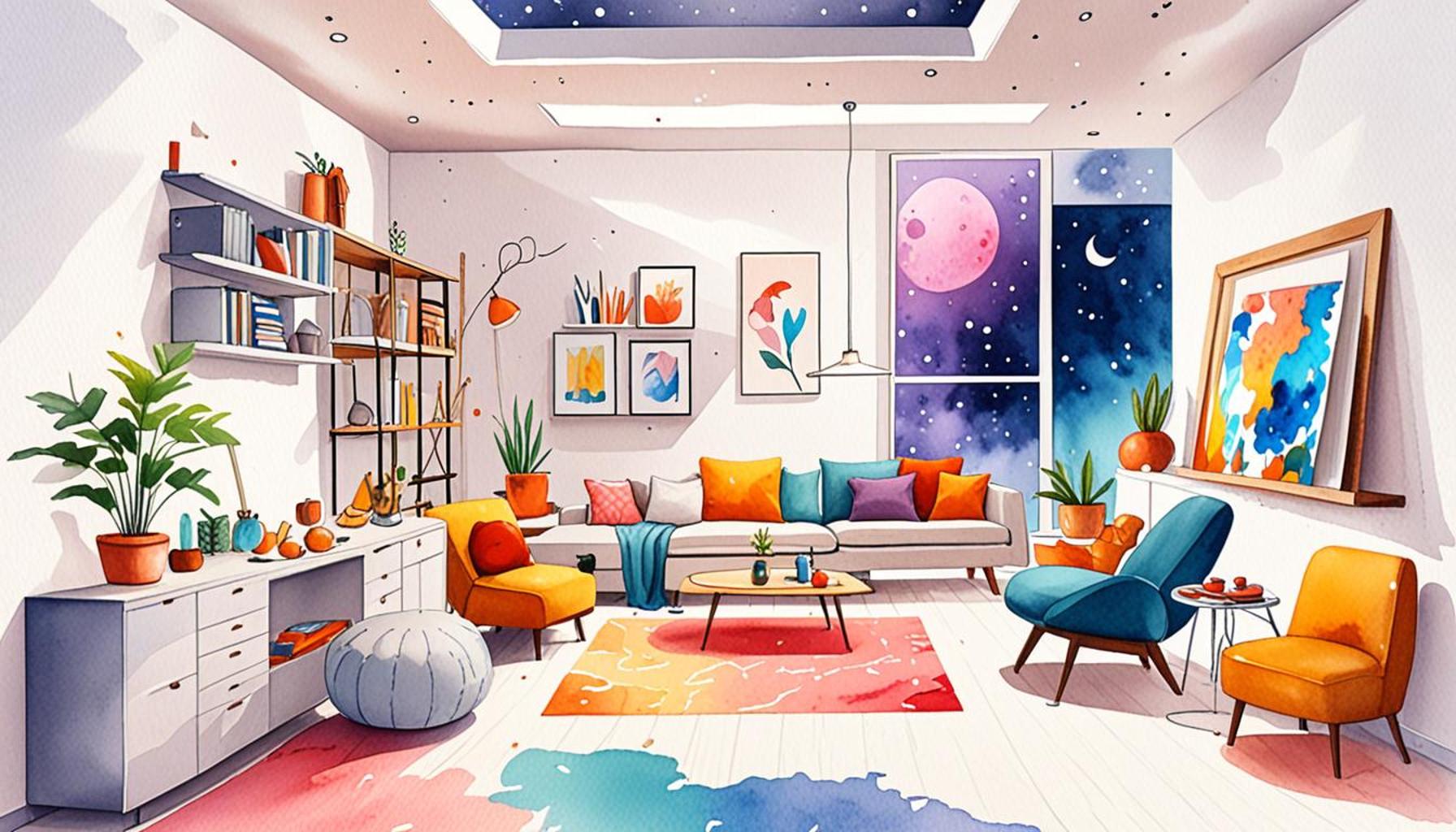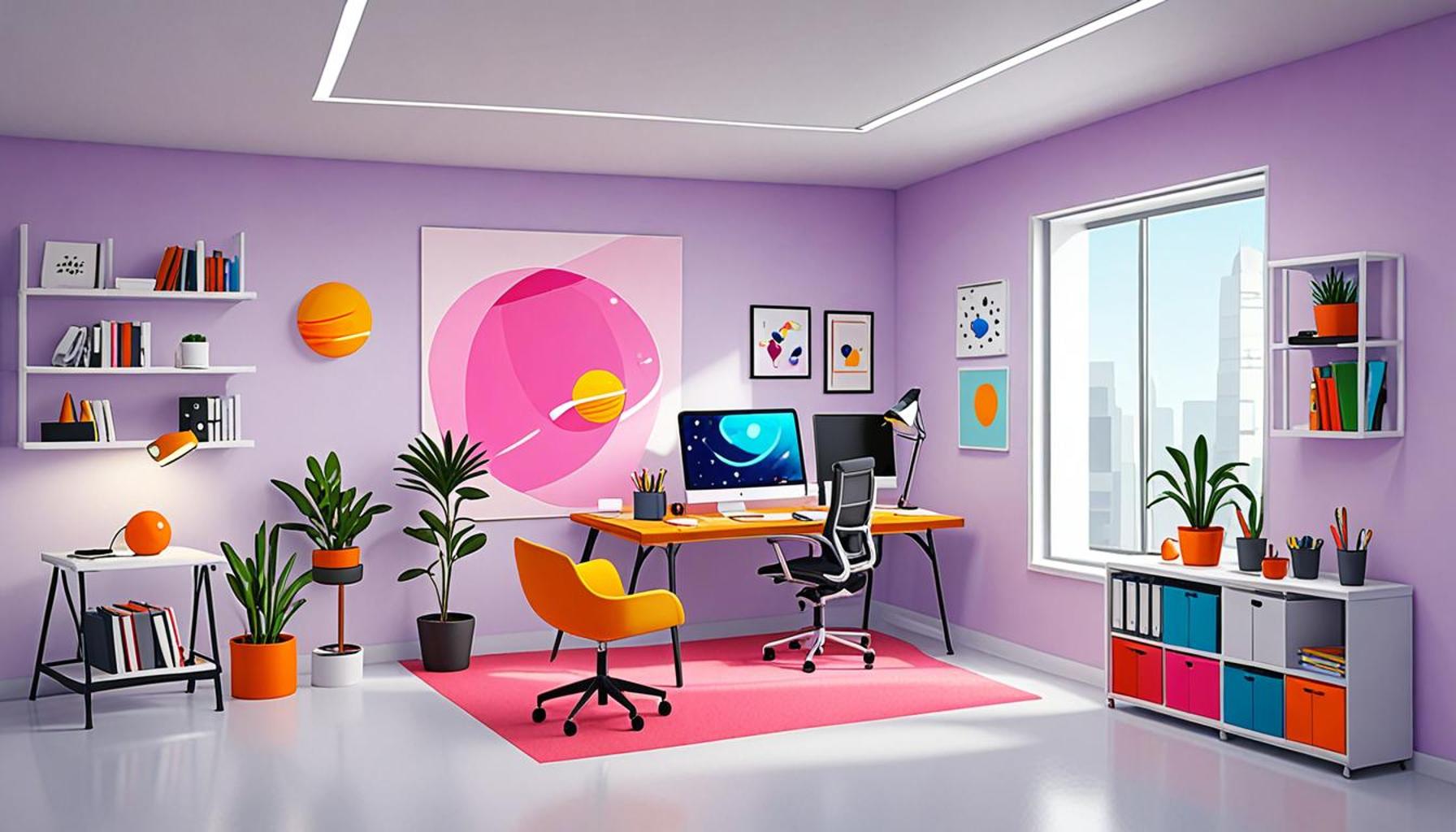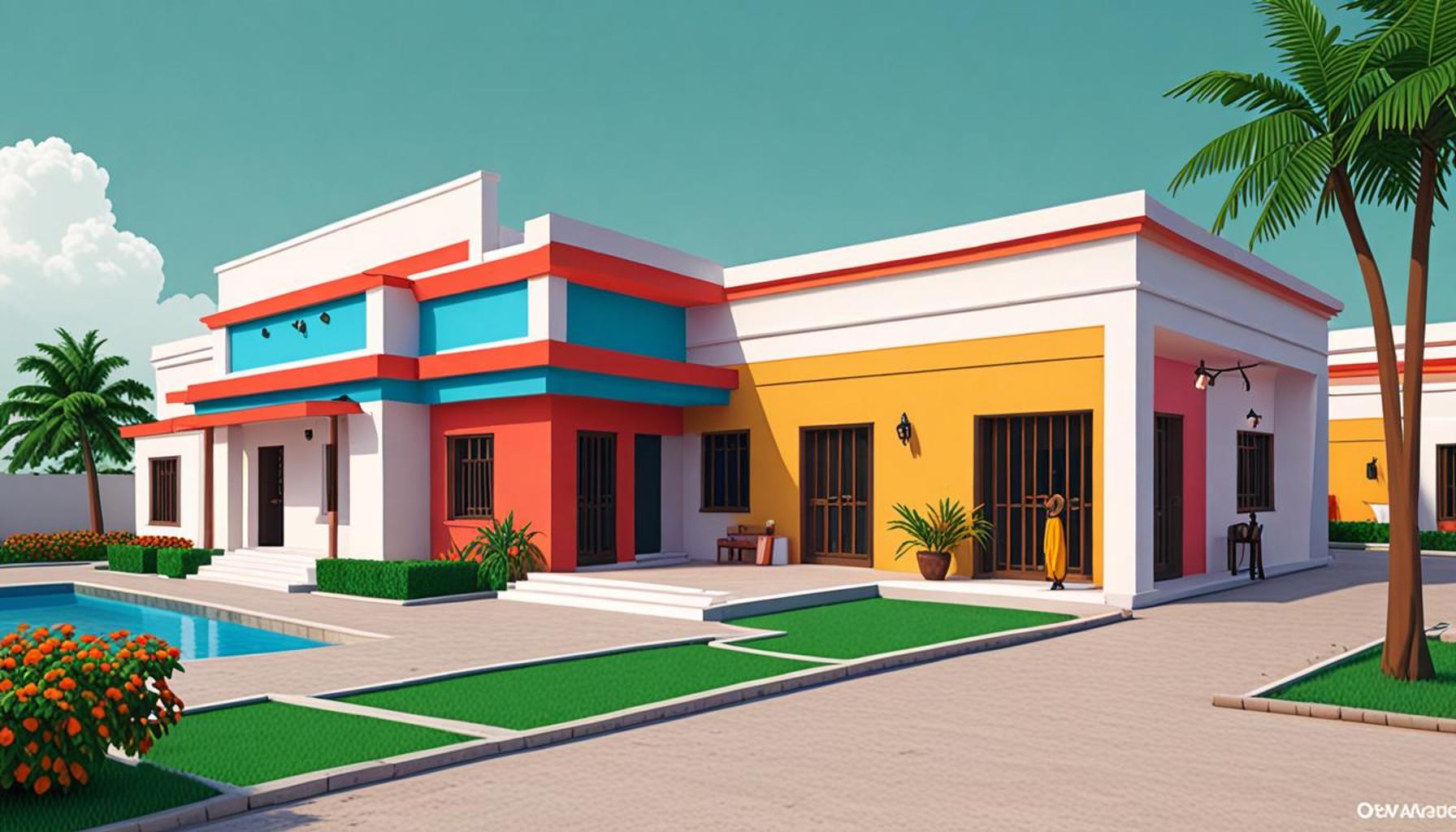Transforming Outdoor Spaces: Optimization Ideas for Outdoor Areas in a Minimalist Approach for Home and Garden
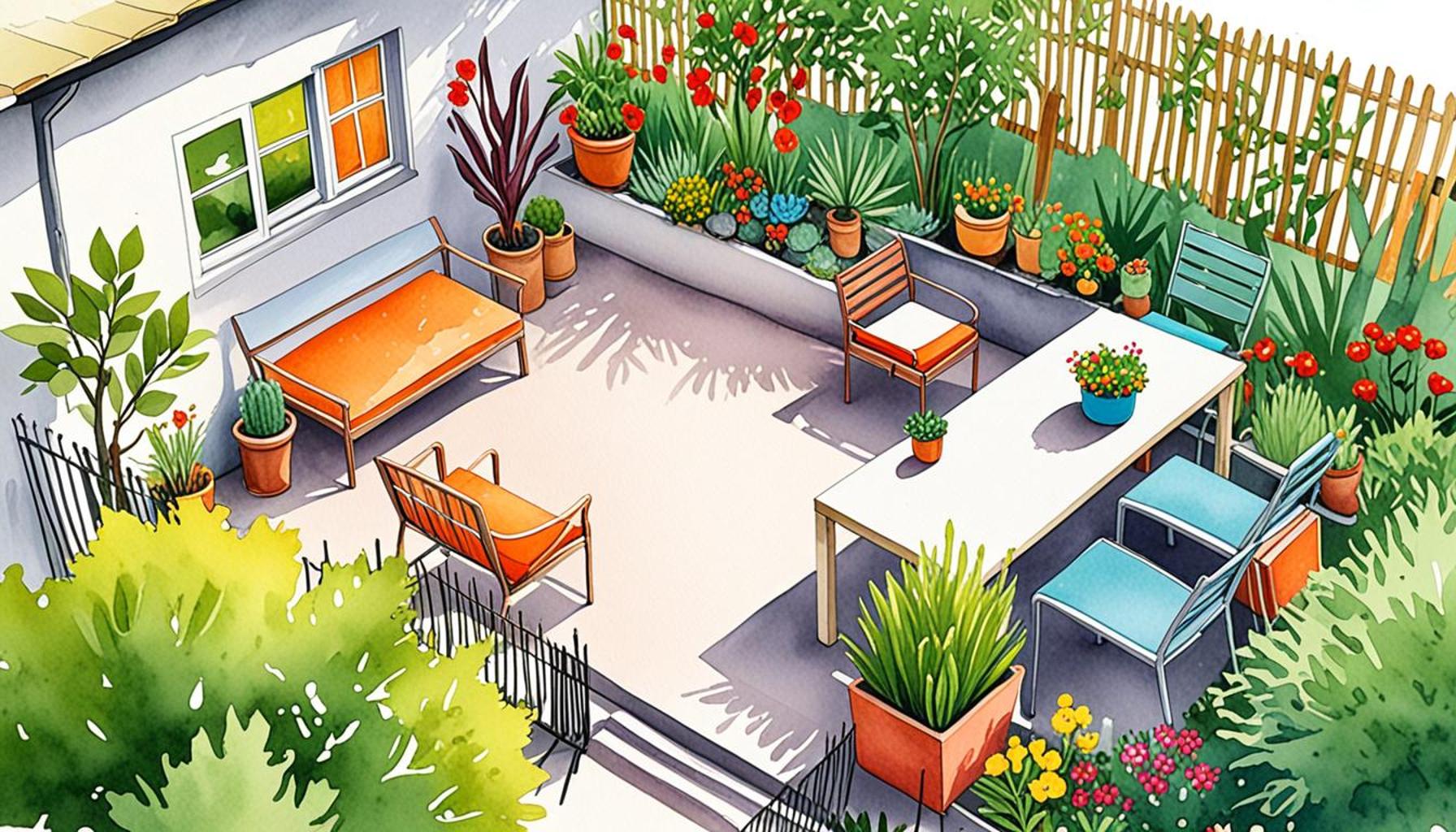
Creating Harmony in Your Outdoor Areas
Outdoor spaces serve as valuable extensions of our homes, offering opportunities for relaxation and enjoyment. Embracing a minimalist approach can elevate these areas, allowing nature to shine while providing a serene atmosphere. In Nigeria, where outdoor living is cherished, optimizing these spaces is essential. A harmonious outdoor area can serve not just as a spot for social gatherings but also as a retreat from the bustling urban environment that many Nigerians experience daily.
Why Opt for Minimalism?
Minimalism emphasizes simplicity and functionality, and there are several compelling reasons to consider adopting this design philosophy for your outdoor area:
- Less Clutter: A clean outdoor area fosters tranquility. Reducing excess decorations or furniture helps create an open feel, allowing the surrounding landscape and natural beauty to take center stage.
- Better Use of Space: By focusing on essential elements, such as a few carefully selected plants or a functional seating arrangement, you create a more inviting environment that encourages relaxation and interaction.
- Enhanced Aesthetics: Simple designs often boast timeless appeal. Minimalism allows for artistic expression through the careful selection of colors, textures, and materials, creating an elegant outdoor space that can adapt with changing seasons or personal tastes.
Transformational Ideas
Implementing a minimalist touch can dramatically change how you perceive and utilize your outdoor space. Consider integrating the following elements to foster a harmonious atmosphere:
- Natural Materials: Choose materials like wood, stone, or bamboo to create a cohesive look that blends seamlessly with nature. Wood decks or stone pathways not only serve practical purposes but also enhance the organic feel of your surroundings.
- Functional Furniture: Opt for sleek, multi-purpose seating or tables, such as benches with storage or foldable tables. This allows you to maximize available space while ensuring comfort and usability for outdoor gatherings or family meals.
- Greenery: Select low-maintenance plants, such as succulents or indigenous flora like the resilient bougainvillea, that add life without overwhelming the space. In Nigeria, utilizing native plants not only supports local biodiversity but often requires less water and care.
Diving into minimalist optimization encourages exploration beyond the ordinary. This approach can transform small balconies into quaint relaxation spots or expansive backyards into serene retreats. By focusing on the essentials, your outdoor area can become a tranquil escape while reflecting your unique lifestyle and personal aesthetic. The journey to creating harmony in your outdoor spaces is just beginning, leading you toward a more meaningful connection with nature in your own surroundings.
YOU MAY ALSO LIKE: Read read another article
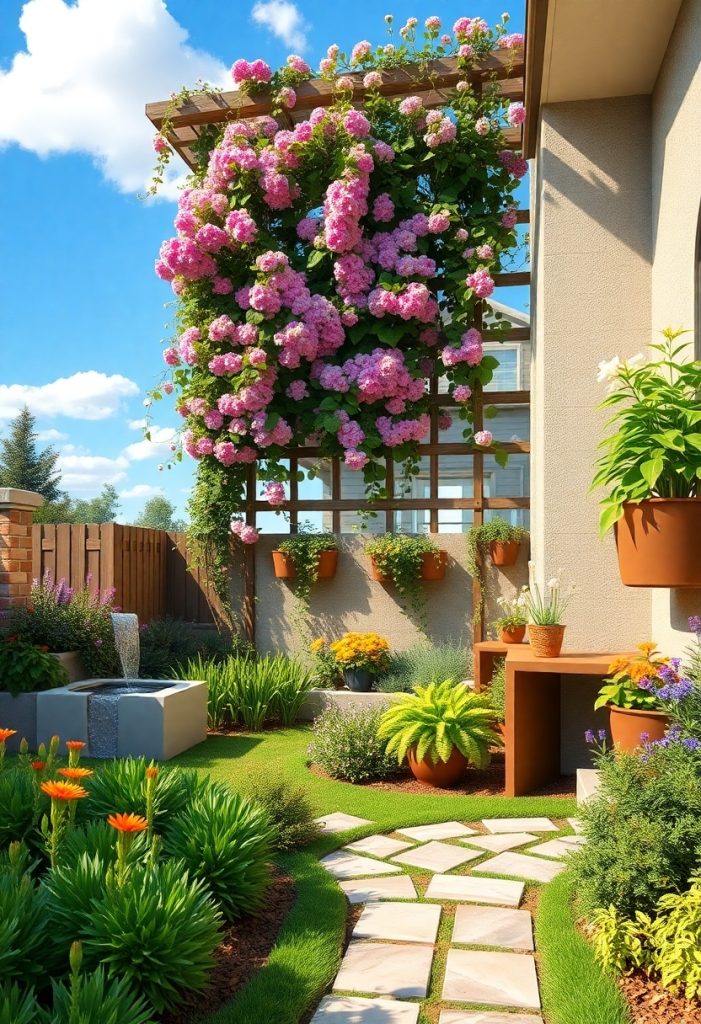
Maximizing Your Outdoor Potential
In an age where urbanization is rampantly reshaping our environments, the outdoor areas of our homes have become sacred spaces to reconnect with nature and recharge the soul. For many Nigerians, the outdoor atmosphere is not merely an extension of the home but an integral part of daily life. This highlights the necessity for transformative optimization ideas that align with a minimalist philosophy—where simplicity reigns and functionality meets beauty.
Understanding Minimalism in Outdoor Design
At its core, minimalist design revolves around the principle of “less is more.” In the context of outdoor spaces, this approach can lead to profound improvements in both aesthetics and functionality. Let’s explore how embracing minimalism helps maximize outdoor potential:
- Focus on Functionality: In a minimalist setting, every piece of furniture or decor is selected with purpose. Whether it’s a simple hammock swaying between two trees or a carefully placed fire pit for evening gatherings, each element serves a specific function, reducing unnecessary clutter.
- Connection with Nature: A minimalist outdoor area encourages a seamless interaction with the natural world. By opting for open spaces or minimal landscaping, the beauty of the surrounding flora and fauna can take center stage, transforming your garden into a vibrant sanctuary.
- Use of Color and Texture: Minimalism does not mean blandness. By using a limited color palette and focusing on different textures, homeowners can create visual interest without overwhelming the senses. Shades of green from plants coupled with neutral tones in furniture can instantly elevate the space.
As such, the first step to optimally transforming your outdoor areas is evaluating what is necessary and what is superfluous. This can be especially useful in regions like Nigeria, where the outdoor climate invites relaxation but can also overwhelm with excess. From urban apartments with compact balconies to sprawling rural estates, a minimalist design can be tailored to fit any context, enhancing the experience of outdoor living.
Innovative Ideas for Your Outdoor Space
Implementing a minimalist touch in outdoor areas can lead to highly creative solutions that redefine how we enjoy these spaces. Consider these innovative ideas:
- Vertical Gardens: In limited spaces, vertical gardens can provide a lush atmosphere without consuming significant ground area. Using durable materials that blend with your home’s exterior, these living walls offer beauty and air purification.
- Fire Pit Zones: Establishing a cozy fire pit surrounded by simple seating arrangements can serve as a focal point. This not only creates an inviting atmosphere for social gatherings but also encourages outdoor comfort during chilly evenings.
- Water Features: Consider adding a minimalist water feature, like a small fountain or pond, to instill a sense of tranquility. The soothing sound of water can enhance your outdoor experience and attract local wildlife.
By focusing on these principles and innovations, you can unlock the hidden potential in your outdoor spaces. Minimalism is not merely a design choice; it is a lifestyle that fosters tranquility, and connection, and immerses you in the beauty of your surroundings. Embrace the transformation and allow your outdoor area to become a personal haven meant for relaxation and enjoyment.
Embracing Functionality and Aesthetics
As we delve further into the realm of transforming outdoor spaces with a minimalist approach, it’s essential to focus on the harmony between functionality and aesthetics. The minimalist design philosophy emphasizes the importance of space, light, and fundamental structure. By optimizing outdoor areas to serve both purposes, homeowners can create environments that not only look appealing but also enhance their outdoor living experience.
Key Elements of Minimalist Outdoor Design
Incorporating elements such as open layouts, natural materials, and intentional color palettes is vital. Using materials like wood and stone creates a connection with nature while ensuring durability. Choose a neutral color scheme intertwined with splashes of greenery to maintain tranquility, guiding the eye without overwhelming the senses. This strategic approach to color can help produce a cohesive look, making even the smallest spaces feel expansive.
Utilizing Multi-functional Furniture
One of the cornerstones of minimalist design is the use of multi-functional furniture. Imagine a sleek bench that doubles as a storage unit or a compact table that can be used for both dining and workspace. These versatile pieces contribute to an organized and clutter-free outdoor area, allowing homeowners to maximize the usability of their space while maintaining a clean aesthetic. Moreover, selecting foldable or stackable items adds an element of flexibility to an outdoor setting.
Creating Diverse Zones
Another optimization idea in transforming outdoor spaces is the establishment of diverse zones. By dividing areas into specific functions—like relaxing, dining, and gardening—homeowners can utilize their spaces more efficiently. Strategically placed planters or outdoor rugs can serve as subtle dividers, enhancing privacy while maintaining an open feel. This approach not only encourages diverse activities but also promotes a sense of flow, allowing people to seamlessly transition from one area to another.
Incorporating Sustainable Practices
A minimalist approach aligns well with environmentally conscious decisions. Utilizing sustainable practices in your outdoor areas can reduce environmental impact and enhance the overall experience. For instance, implementing native plants requires less maintenance and resources, helping to conserve water. In addition, employing energy-efficient lighting solutions can create a warm ambiance while minimizing electricity usage, further contributing to the optimization of outdoor spaces.
A Final Note on Personalization
While embracing minimalism, it’s crucial to leave room for personal expression. The minimalist design does not imply a sterile or lifeless environment; rather, it encourages homeowners to curate unique elements that reflect their tastes. Thoughtfully chosen accessories, such as art pieces or color accents, can inject personality into your outdoor space.
| Category | Advantages |
|---|---|
| Functional Outdoor Spaces | Maximizing usability and accessibility while maintaining beauty. |
| Sustainable Practices | Reducing environmental impact while enhancing outdoor aesthetics. |
YOU MAY ALSO LIKE: Read read another article
Transformative Elements for Your Minimalist Oasis
As we delve deeper into the world of outdoor optimization, creating a minimalist oasis requires a thoughtful selection of elements that enhance both functionality and the overall aesthetic without overwhelming the environment. Let’s explore additional transformative ideas that can help you achieve this delicate balance.
Utilizing Natural Materials
When it comes to outdoor spaces, the use of natural materials can seamlessly integrate with the landscape, creating a sense of harmony. Consider using local stones for pathways or walls, which not only blend beautifully with the environment but also reduce the carbon footprint associated with transporting materials. Wood—in its most natural form, such as untreated or reclaimed wood—can be utilized for decking, furniture, or trellises, offering warmth and character while maintaining a minimalist appearance.
Smart Lighting Solutions
The right lighting plays a vital role in transforming outdoor spaces, especially at night. Instead of overwhelming your garden with bright lights, opt for subtle, energy-efficient lighting that complements the minimalist design. Solar-powered lanterns or LED string lights can add a magical glow to paths and seating areas without becoming intrusive. Focusing on spotlights that highlight specific features, such as unique plants or architectural details, will enhance the beauty of your outdoor area while saving energy.
Adaptive Outdoor Furniture
Investing in smart, multifunctional outdoor furniture can significantly optimize minimal spaces. For instance, consider a foldable or stackable dining set that can accommodate gatherings yet be neatly stowed when not in use. Look for pieces that serve dual purposes—like benches with built-in storage for cushions or blankets—allowing you to maintain an airy atmosphere without sacrificing comfort or convenience.
Seasonal Planting Strategies
A minimalist garden can benefit from seasonal planting techniques, such as using a limited range of hardy plants that thrive in Nigeria’s varying climates. Native plants are an excellent choice for this purpose—requiring less maintenance and water while attracting local wildlife. By rotating plant selections throughout the year, you can ensure that your garden remains dynamic while embodying the minimalist’s principle of embracing the beauty of simplicity.
Incorporating Outdoor Art
Minimalism does not mean forgoing personal expression. Instead, select a few impactful art pieces that reflect your style without creating visual chaos. Large sculptures, metal art installations, or even a simple hammock can serve as striking focal points in your outdoor landscape. By choosing dimensions that make a statement without overwhelming the senses, a simple piece can transform an area, maintaining the essence of minimalist design.
Through these innovative strategies, complementing the understanding of minimalism, you can create an outdoor space that serves as both a personal retreat and a haven of tranquility. Each thoughtfully selected element not only enhances the visual appeal but also optimizes the functionality of the outdoor area, creating a harmonious balance reflective of the Nigerian environment.
YOU MAY ALSO LIKE: Read read another article
Conclusion
In an era where minimalism is increasingly embraced, the opportunity to transform outdoor spaces into serene retreats is more attainable than ever. By strategically applying optimization ideas to home and garden areas, individuals can cultivate environments that reflect simplicity, elegance, and functionality. The utilization of natural materials, innovative lighting, and adaptive outdoor furniture are key to achieving a seamless blend with the surrounding landscape. Moreover, seasonal planting strategies that prioritize native vegetation ensure sustainability while celebrating the unique biodiversity of Nigeria.
As a final thought, remember that less is often more; selecting a select few impactful art pieces can communicate personal style without cluttering your space. This curated approach fosters not only visual clarity but also emotional peace. Your outdoor environment can become a personal oasis, designed to rejuvenate and inspire through its unpretentious beauty.
Exploring these ideas allows you to rethink your outdoor areas—not just as extensions of your home, but as integral components of your lifestyle. By focusing on purposeful design, you create meaningful connections to nature while enriching your living experience. Whether you reside in a bustling city or a tranquil rural setting, taking a minimalist approach to outdoor spaces invites harmony that resonates within and beyond. So, step outside, embrace these principles, and begin your journey toward a beautifully optimized outdoor sanctuary.

